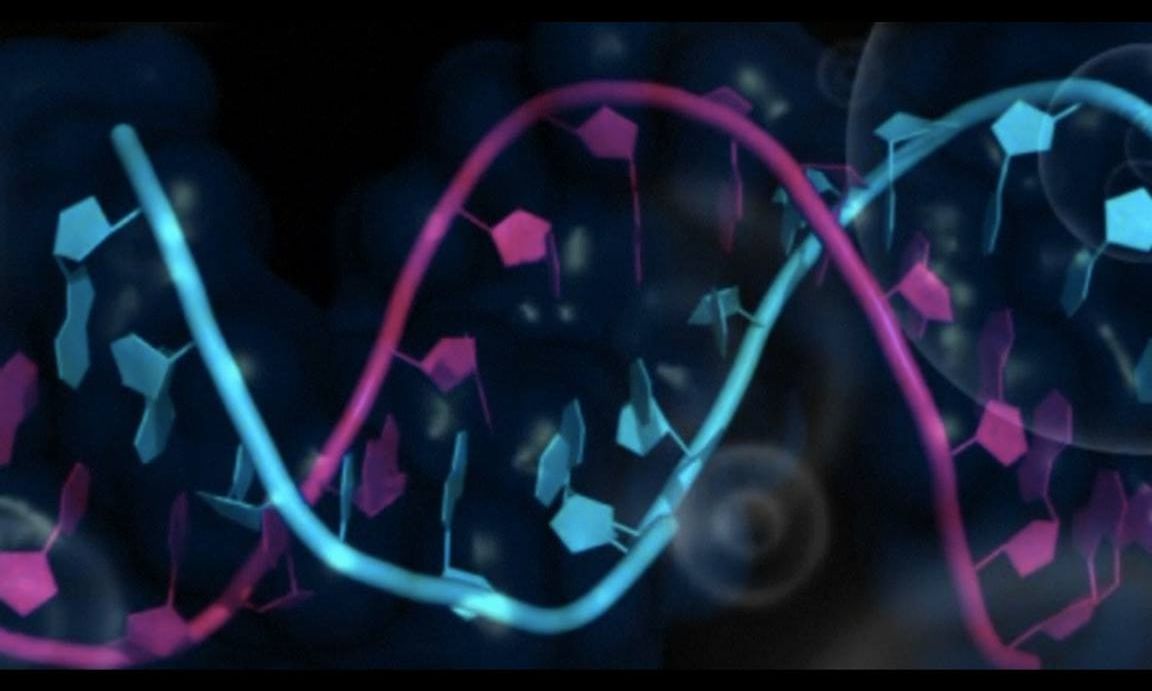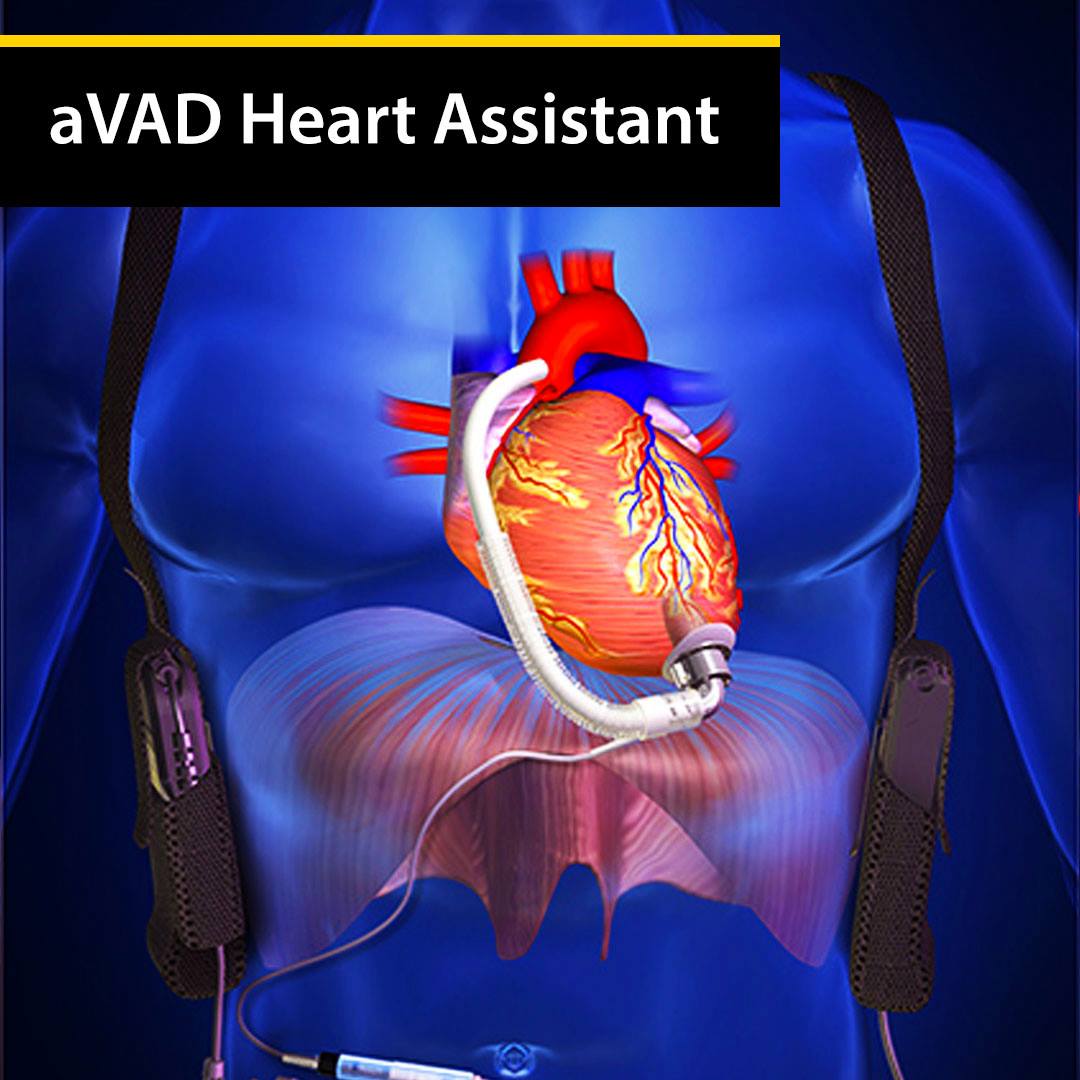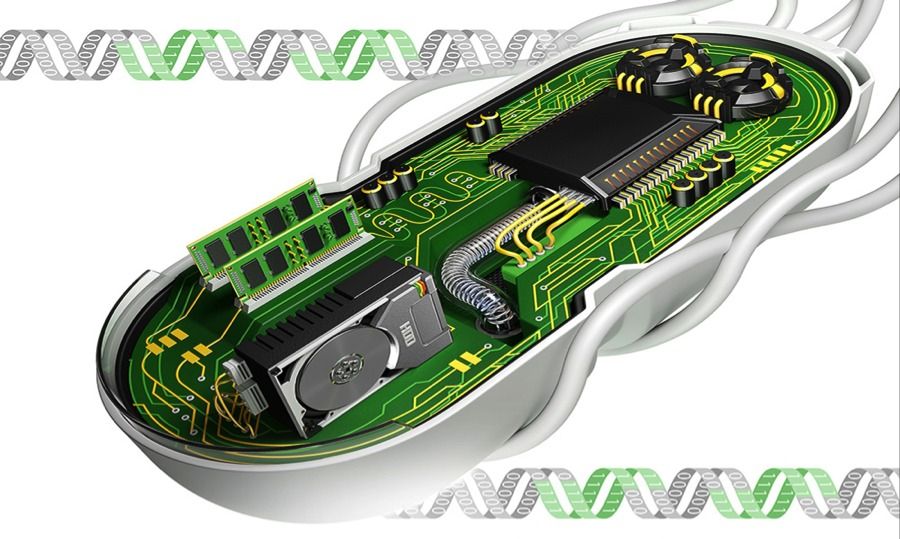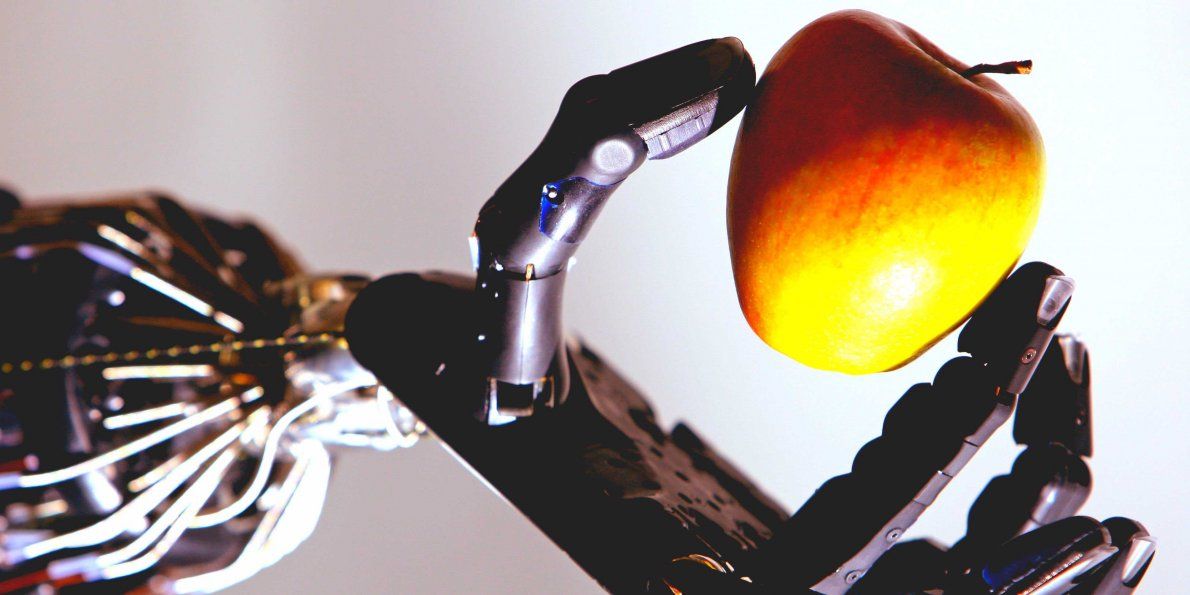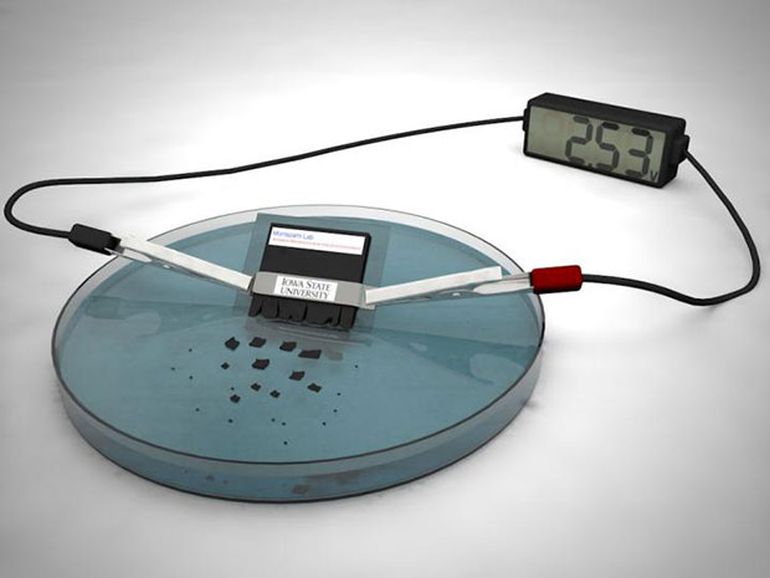Archive for the ‘biotech/medical’ category: Page 2530
Aug 14, 2016
China rockets to top of supercomputing charts with homegrown tech
Posted by Karen Hurst in categories: biotech/medical, supercomputing
Lookout world Chine Tech is rising and nothing or no one will stop it now. The real question is how soon with the world’s tech valley hub be in China? The US has enjoyed for many decades being the world’s top technology center. However, China for the past 20+ years has been executing their world footprint in owning the title as the top global economic power. In the past we have seen them take over consumer goods manufacturing, pharma (especially generic drugs), and the latest is tech. Wonder what is next?
TOKYO — China has jumped to the front ranks of the supercomputing powers, with its Sunway TaihuLight, powered by domestically developed chips, recently recognized as the fastest computer in the world.
In its debut on the Top500 list of the world’s fastest supercomputers in June, the Sunway TaihuLight overwhelmed such rivals as the Tianhe-2, a Chinese supercomputer powered by Intel chips that has claimed the No. 1 spot on the past six Top500 lists. Furthermore, it was the first time for China to surpass the U.S. in the total number of systems on the list.
We have seen the beauty of DNA in medical advancements, tech for storage, and even in designer fashion, Now, lets play with Art and art expression.
Tiny computers, microscopic art, bringing back the dodo—the future uses of the double helix.
Aug 14, 2016
Revolutionary computer program could change chemistry forever
Posted by Karen Hurst in categories: biotech/medical, chemistry, computing
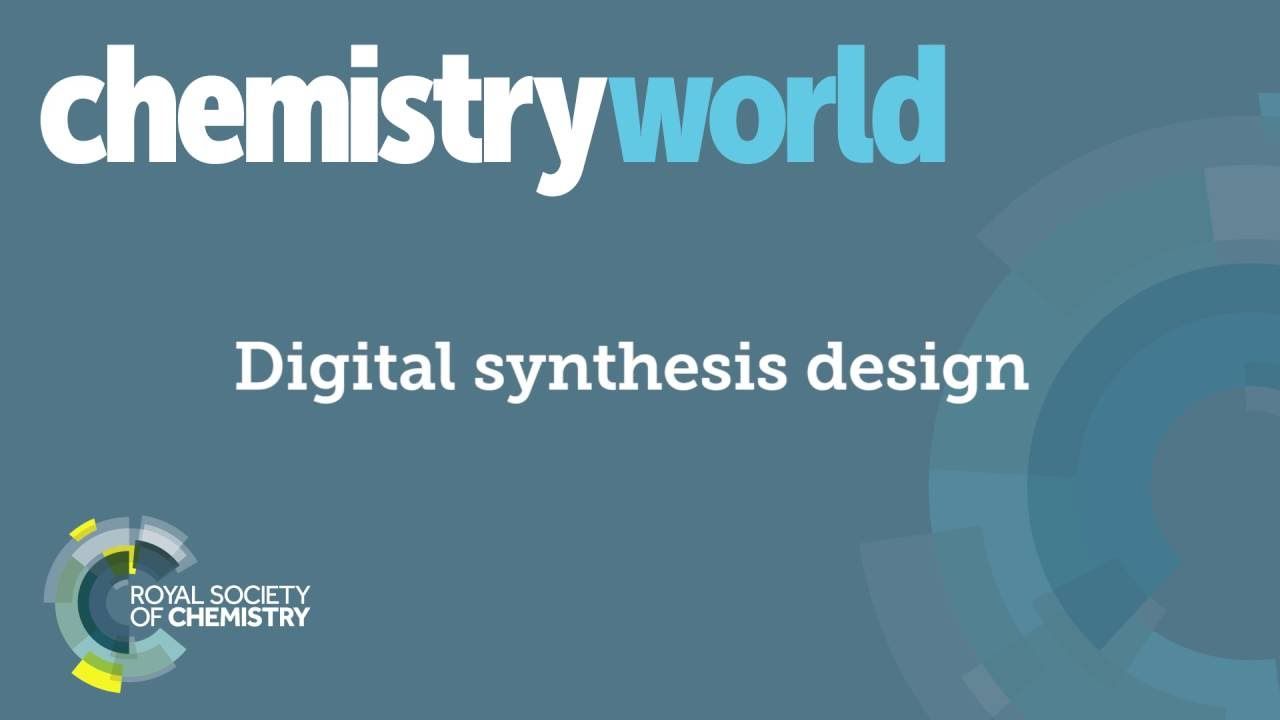
Nice.
Software can tell chemists how to make new molecules from scratch and its inventors claim it has already mapped out a cheaper route to a blockbuster drug.
Continue reading “Revolutionary computer program could change chemistry forever” »
Aug 14, 2016
Novel Approach to Biological Circuit Design Allows Scientists to Track Cell Lineages
Posted by Karen Hurst in categories: bioengineering, biotech/medical, genetics, neuroscience
By Kevin Kang
A recent article in ScienceDaily reviews a new approach in Synthetic Biology that allows cells to respond to a series of input stimuli and simultaneously remember the order of these stimuli over many generations. As noted by the senior investigator, Timothy Lu from MIT, combining computation with memory creates complex cellular circuits that can perform logic functions and store memories of events by encoding them in their DNA (1,2). In their current work, Dr. Lu and his colleagues created cells that can remember and respond to three different inputs, including chemical signals in a particular order, and in the future may be able to incorporate even more inputs (1,2,3). The cellular machines thus created are referred to as biological “state machines” because they exist in different states depending on the identity and order of inputs that they receive. The state machines rely on enzymes called recombinases. When activated by a specific input, recombinases either delete or invert a particular segment of DNA depending on the orientation of two DNA target sequences known as recognition sites. The segment of DNA between these sites may have recognition sites for other recombinases that respond to different inputs. Flipping or deleting these sites permanently changes what will happen if a second or third recombinase is later activated. Therefore, a cell’s history is determined by sequencing its DNA. In a version of this system with just two inputs, there are five possible states for this circuit: states corresponding to no input, input A alone, input B alone, A followed by B, and B followed by A. Dr. Lu’s team in MIT has designed and built circuits that record up to three inputs, in which sixteen states are possible (1,2).
Besides creating circuits that record events in a cell’s life and then transmit these memories to future generations, the researchers from MIT also placed genes into the array of recombinase binding sites along with genetic regulatory elements. In these circuits, when recombinases rearrange the DNA, the circuits record the information as well as control which genes get turned on and off. Lu’s lab tested this work in bacteria by color coding the identity and order of input stimuli, so input A followed by B would would lead to bacteria fluorescing red and green, but input B followed by A would lead to red and blue fluorescence. Hence, these techniques can be used not only to record the states that the cells experience over time, but also to deploy in state-dependent gene expression programs (1,2).
Aug 14, 2016
The Impact of Cortical Lesions on Thalamo-Cortical Network Dynamics after Acute Ischaemic Stroke: A Combined Experimental and Theoretical Study
Posted by Karen Hurst in categories: biotech/medical, neuroscience
New insights on the Thalamo-Cortical Nuero Netowrk of Acute Ischaemic Stroke victims.
The neocortex and thalamus provide a core substrate for perception, cognition, and action, and are interconnected through different direct and indirect pathways that maintain specific dynamics associated with functional states including wakefulness and sleep. It has been shown that a lack of excitation, or enhanced subcortical inhibition, can disrupt this system and drive thalamic nuclei into an attractor state of low-frequency bursting and further entrainment of thalamo-cortical circuits, also called thalamo-cortical dysrhythmia (TCD). The question remains however whether similar TCD-like phenomena can arise with a cortical origin. For instance, in stroke, a cortical lesion could disrupt thalamo-cortical interactions through an attenuation of the excitatory drive onto the thalamus, creating an imbalance between excitation and inhibition that can lead to a state of TCD. Here we tested this hypothesis by comparing the resting-state EEG recordings of acute ischaemic stroke patients (N = 21) with those of healthy, age-matched control-subjects (N = 17). We observed that these patients displayed the hallmarks of TCD: a characteristic downward shift of dominant α-peaks in the EEG power spectra, together with increased power over the lower frequencies (δ and θ-range). Contrary to general observations in TCD, the patients also displayed a broad reduction in β-band activity. In order to explain the genesis of this stroke-induced TCD, we developed a biologically constrained model of a general thalamo-cortical module, allowing us to identify the specific cellular and network mechanisms involved. Our model showed that a lesion in the cortical component leads to sustained cell membrane hyperpolarization in the corresponding thalamic relay neurons, that in turn leads to the de-inactivation of voltage-gated T-type Ca2+ -channels, switching neurons from tonic spiking to a pathological bursting regime. This thalamic bursting synchronises activity on a population level through divergent intrathalamic circuits, and entrains thalamo-cortical pathways by means of propagating low-frequency oscillations beyond the restricted region of the lesion. Hence, pathological stroke-induced thalamo-cortical dynamics can be the source of diaschisis, and account for the dissociation between lesion location and non-specific symptoms of stroke such as neuropathic pain and hemispatial neglect.
The thalamus is involved in the relay and processing of most sensory information, and provides an interface between subcortical structures and the neocortex. However, disruptions in the subcortical communication with the thalamus are known to lead to thalamo-cortical dysrhythmia (TCD), which is linked to symptoms in a range of illnesses including Parkinson’s disease, neurogenic pain syndrome and tinnitus. Thus far, TCD has solely been interpreted in terms of changes within subcortical pathways, but here we investigate how cortical disturbances (i.e., ischaemic stroke) may affect thalamic function in a similar manner. We do so by analysing the electroencephalogram (EEG) of stroke patients with a cortical lesion, and show that their EEG power spectra display the characteristic features of TCD.
Aug 14, 2016
WEF: These are the technologies that will transform finance over the next few decades
Posted by Karen Hurst in categories: biotech/medical, computing, finance, internet, mobile phones, privacy, security, singularity
Like this article; there is 2 more pieces missing from the roadmap for 2010 & beyond and that is Biocomputing & Singularity. Biocomputing will provide the financial industry (banks, trading firms, accounting & audit firms, bond insurers, etc.) the ability to expand information/ data storage and transmission capacities like we have never see before just look at what Microsoft, Google, Amazon, etc. have done with DNA storage. And, the much loved Singularity enables boosting of knowledge and insights as well as more mobility and access to information as they need it. BTW — Biometrics is NOT the same as Biocomputing; biocomputing goes well beyond security/ identity management.
The influential non-profit rates these technologies alongside the PC, the internet, and smartphones in terms of their potential to transform financial…
Aug 13, 2016
Innovative Transient Battery Is Designed To Self-Destruct In 30 Minutes
Posted by Karen Hurst in categories: biotech/medical, military, physics
A Mission Impossible Battery that self destructs.
Here at HEXAPOLIS, we have talked about biodegradable electronics that are designed to automatically dissolve once their job is done. Such self-destructing devices could be especially useful in the world of medicine, where implants currently have to be surgically removed, as well as the military. As part of a new research, scientists at the Iowa State University have devised an innovative transient battery, which as its name suggests can melt away in less than 30 minutes.
Technological advancements in recent years have allowed researchers to develop an array of self-destructing electronics that are capable of performing specific functions. Up until now, however, these devices were driven by external power sources. Previous attempts to create transient batteries largely gave birth to contraptions that lacked power, stability and a substantial shelf life. More often than not, they were also quite slow in demolishing themselves. Speaking about the research, recently published in the Journal of Polymer Science, Part B: Polymer Physics, the team stated:
Continue reading “Innovative Transient Battery Is Designed To Self-Destruct In 30 Minutes” »
